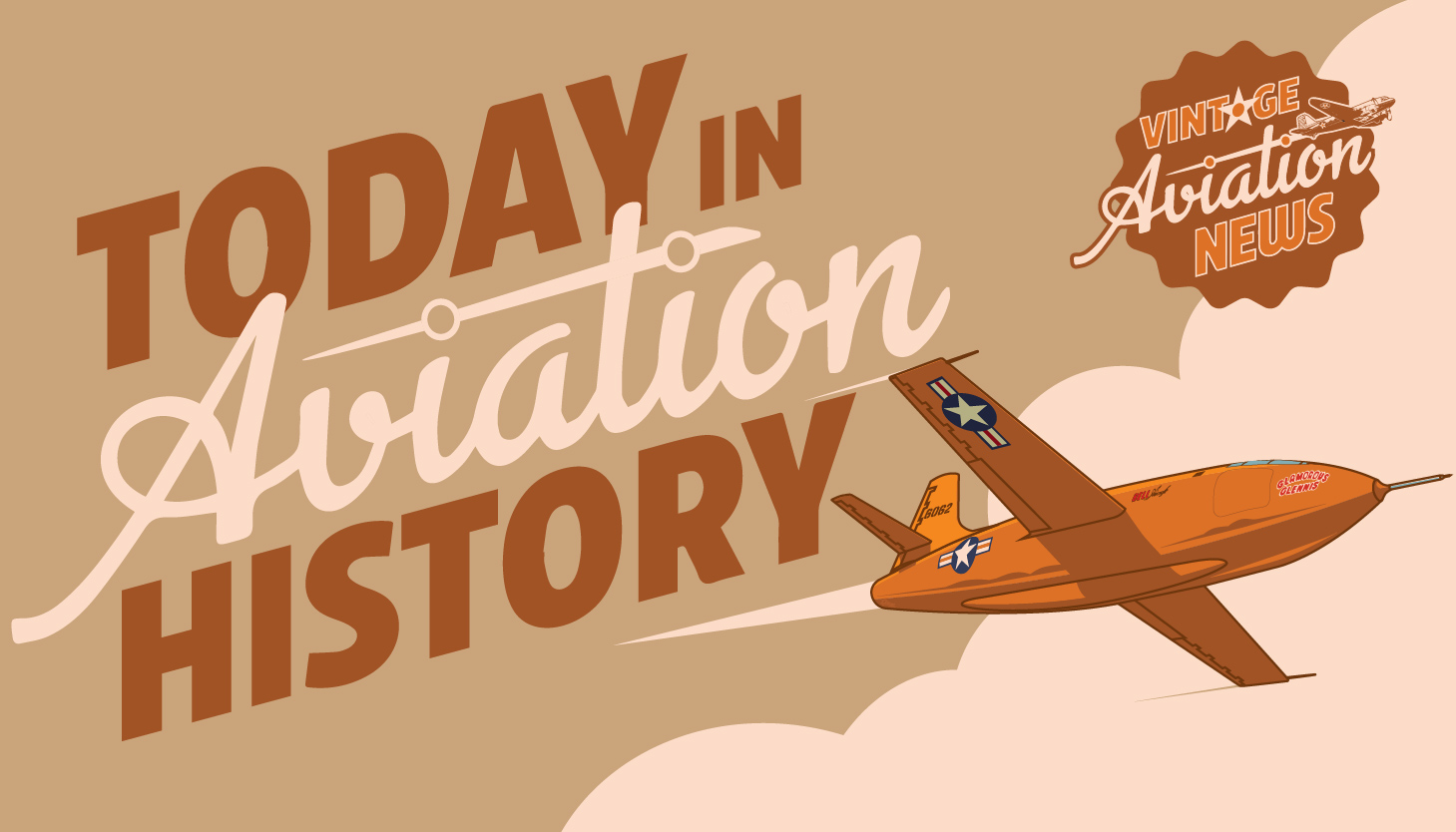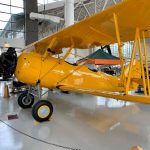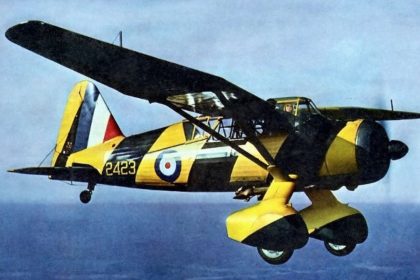On this day in aviation history, 88 years ago (October 15, 1937), Boeing’s XB-15 took to the skies for the first time. Designated by Boeing as the Model 294, the XB-15 was a massive bomber prototype built for testing by the United States Army Air Corps (USAAC). Development began in 1934 in response to USAAC “Project A,” which called for a long-range bomber capable of carrying 2,000 pounds of bombs over 5,000 miles at speeds of at least 200 miles per hour. In April 1934, contracts were awarded to both Boeing and the Martin Company to meet these ambitious specifications.

The XB-15 was a colossal aircraft. Its wings were so large that flight engineers could walk through a crawlspace inside them to perform in-flight maintenance. Advanced features for the era included autopilot, deicing equipment, and two gasoline-powered auxiliary power units (APUs). Four Pratt & Whitney R-1830-11 14-cylinder radial engines, each producing 1,000 horsepower, lifted the bomber into the air. The XB-15 had a maximum speed of 197 mph, a cruising speed of 152 mph, and exceeded the USAAC’s range requirement with a total range of 5,130 miles and a combat range of 3,400 miles. It could carry up to 12,000 pounds of bombs and was armed with three .30 caliber M1919 Browning and three .50 caliber M2 Browning machine guns. Its service ceiling reached 18,900 feet.

Only a single XB-15 prototype was built. It was assigned to the 2nd Bombardment Group at Langley Field, Virginia, where it participated in extensive flight testing. The aircraft also conducted classified bombing trials at Albrook Field, Panama, beginning on April 10, 1940, and flew goodwill missions in support of relief efforts throughout South America. Later in 1940, the bomber’s guns were removed to allow the aircraft to transport Lend-Lease aircraft crews following deliveries. On May 6, 1943, the XB-15 was converted into a cargo aircraft and redesignated the XC-105. Boeing fitted the aircraft with large cargo doors, enabling it to carry up to 92,000 pounds of cargo. Over 18 months of service, the XC-105 completed 70 cargo flights and 60 additional missions, including anti-submarine patrols, demonstrating the versatility and enduring value of Boeing’s groundbreaking bomber design.


























